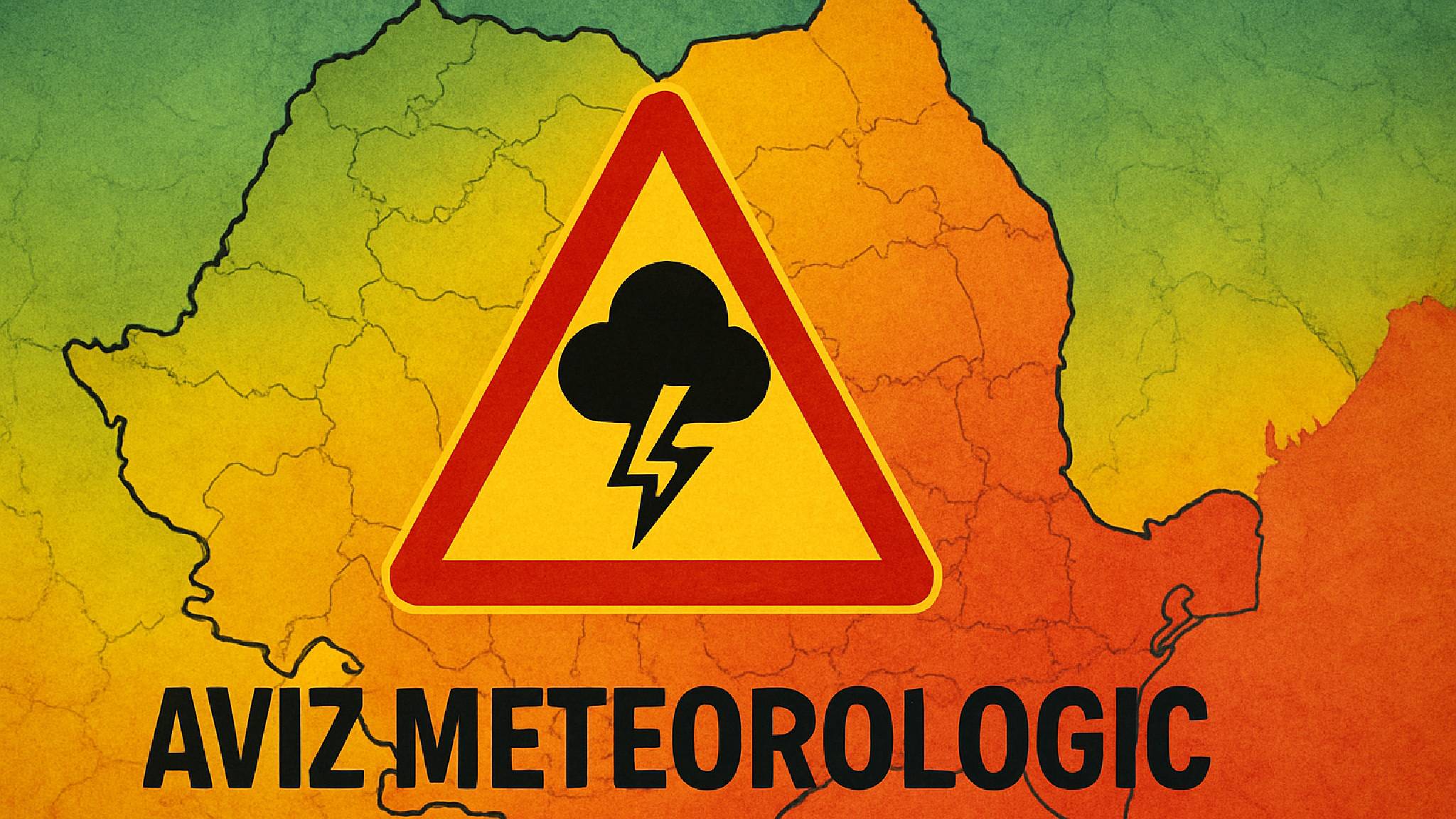ANM announces, on October 21, 2025, a detailed picture of the moisture in the 0–20 cm soil layer, relevant for the field and current agricultural works. According to the assessments, the water supply remains within satisfactory limits, close to optimal and even optimal in large areas of the country, while some areas continue to indicate low values, specific to pedological drought of moderate and strong intensity.
According to the ANM, favorable conditions are found in Moldova, Dobrogea, Muntenia and Oltenia, as well as most of Transylvania. In addition, isolated areas with good humidity are mentioned in the northeast of Banat and the southeast of Crisana, which confirms an inhomogeneous, but overall positive picture for this interval and for the analyzed depth.
In contrast, the ANM reports low values of moisture content in Maramures, on extensive agricultural areas in Banat and Crisana, as well as isolated in northwestern Transylvania. Here, the agrometeorological diagnosis is that of moderate and strong pedological drought, clearly framing the situation in areas where water reserves in the superficial soil layer are below the thresholds considered adequate.
The institution specifies that the moisture reserve is determined by the soil water balance method, using meteorological data recorded at the agrometeorological stations in the network of the National Meteorological Administration. This approach ensures a systematic quantification of water inputs and outputs, based on operational observations and specific measurement series.
To strengthen accuracy, the ANM indicates that humidity values are validated through direct measurements carried out with dedicated sensors in agrometeorological platforms. Instrumental validation, carried out through field technology, completes the balance calculations, resulting in a coherent picture between estimate and observation.
The reference to the 0–20 cm layer, indicated by the ANM, targets the active area for germination and establishment of crops, being the segment in which rapid moisture variations are most quickly felt. The regional differences highlighted for October 20, 2025 describe both areas with adequate reserves and points where water deficit remains persistent in the analyzed layer.
In Moldova, Dobrogea, Muntenia and Oltenia, the ANM assessment as satisfactory, close to optimal or optimal confirms a favorable ratio between precipitation and evaporation in the recent period, as reflected in the dynamics captured by the soil water balance. Most of Transylvania is in the same situation, with the mentioned exceptions.
On the other hand, areas with moderate and severe pedological drought — Maramures, large areas of Banat and Crisana and isolated northwestern Transylvania — remain below the ANM reference thresholds for moisture content in the 0–20 cm layer. The institution thus delimits, through agro-meteorological criteria, the territories where water intake is below the desired levels.
By combining the soil water balance method with field verifications carried out by sensors, ANM provides robustness to the conclusions communicated for October 20, 2025. This approach, standard for the national network, provides a unitary basis for interpreting the situation in the field, especially in the context where local variations can be significant.
The ANM's message for the mentioned interval remains clear: while a large part of the country has satisfactory moisture reserves up to optimal in the superficial soil layer, there are well-defined regions where the values remain low, according to official agrometeorological indicators and instrumental validations from measurement platforms.




















